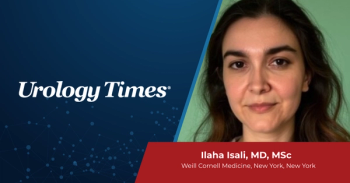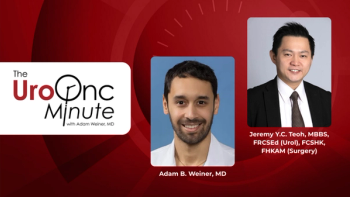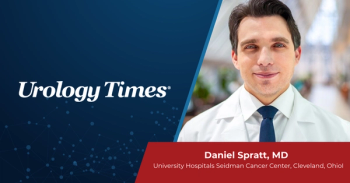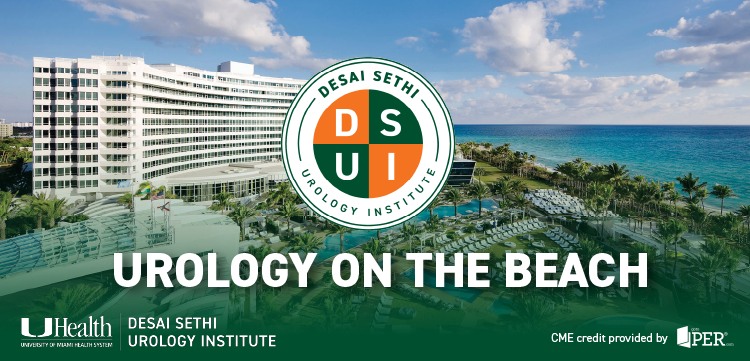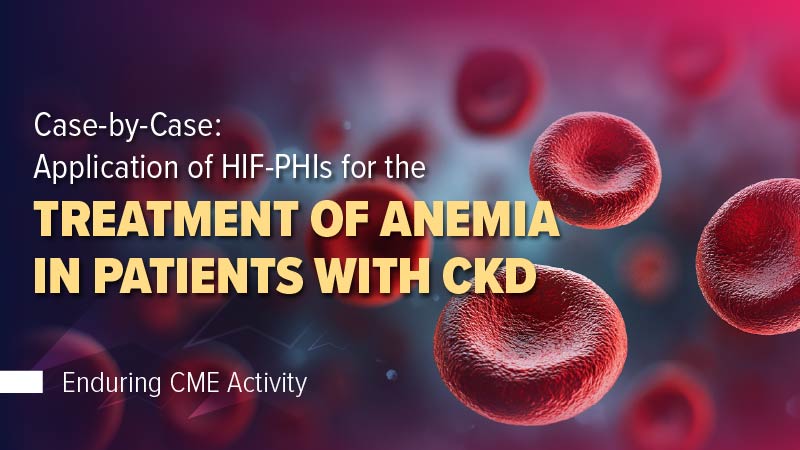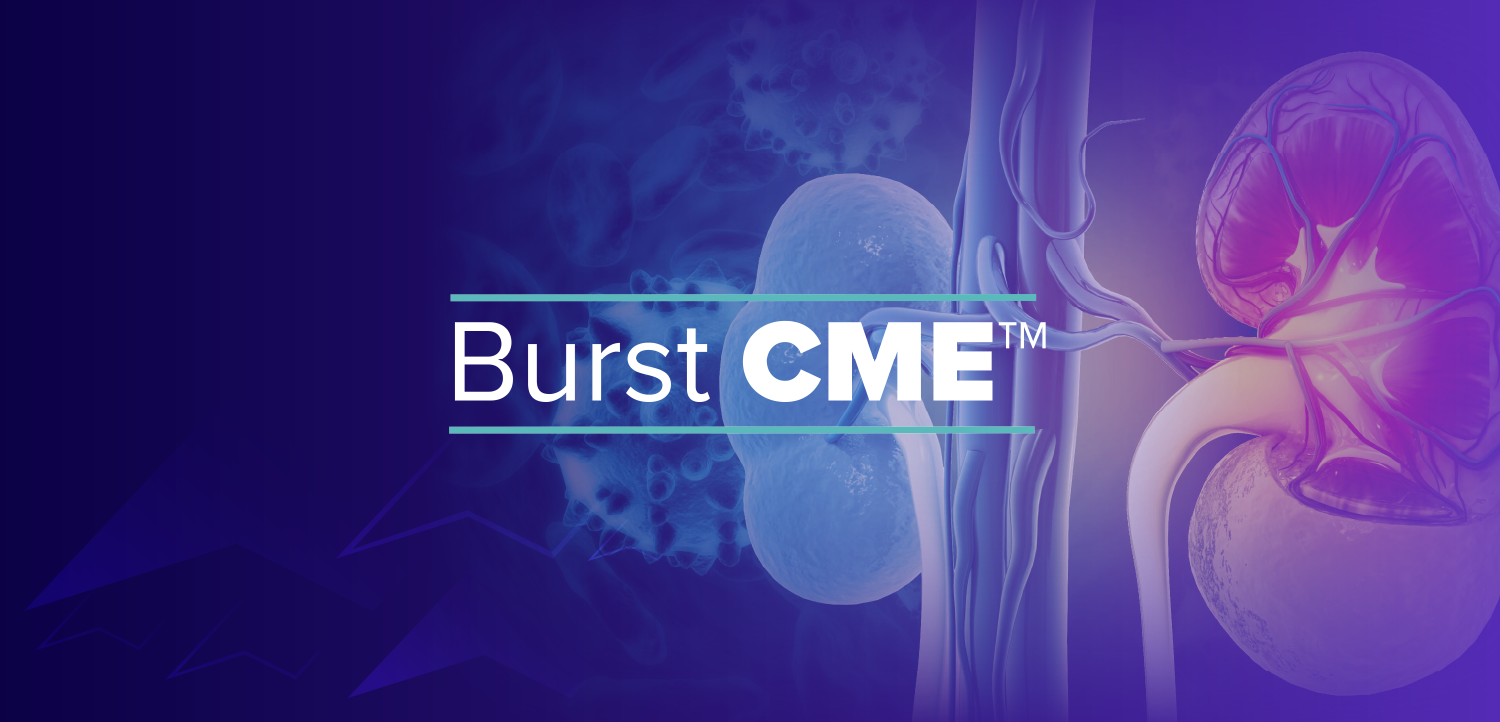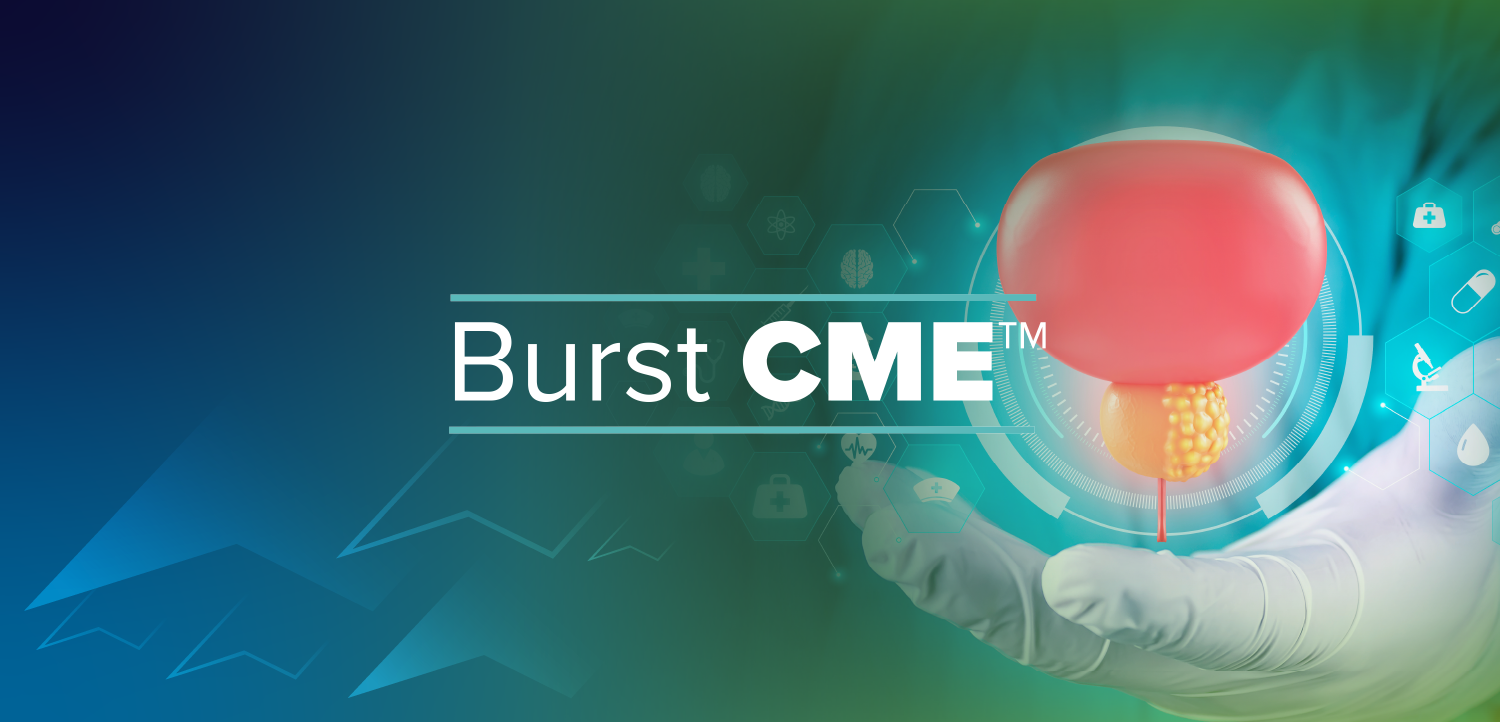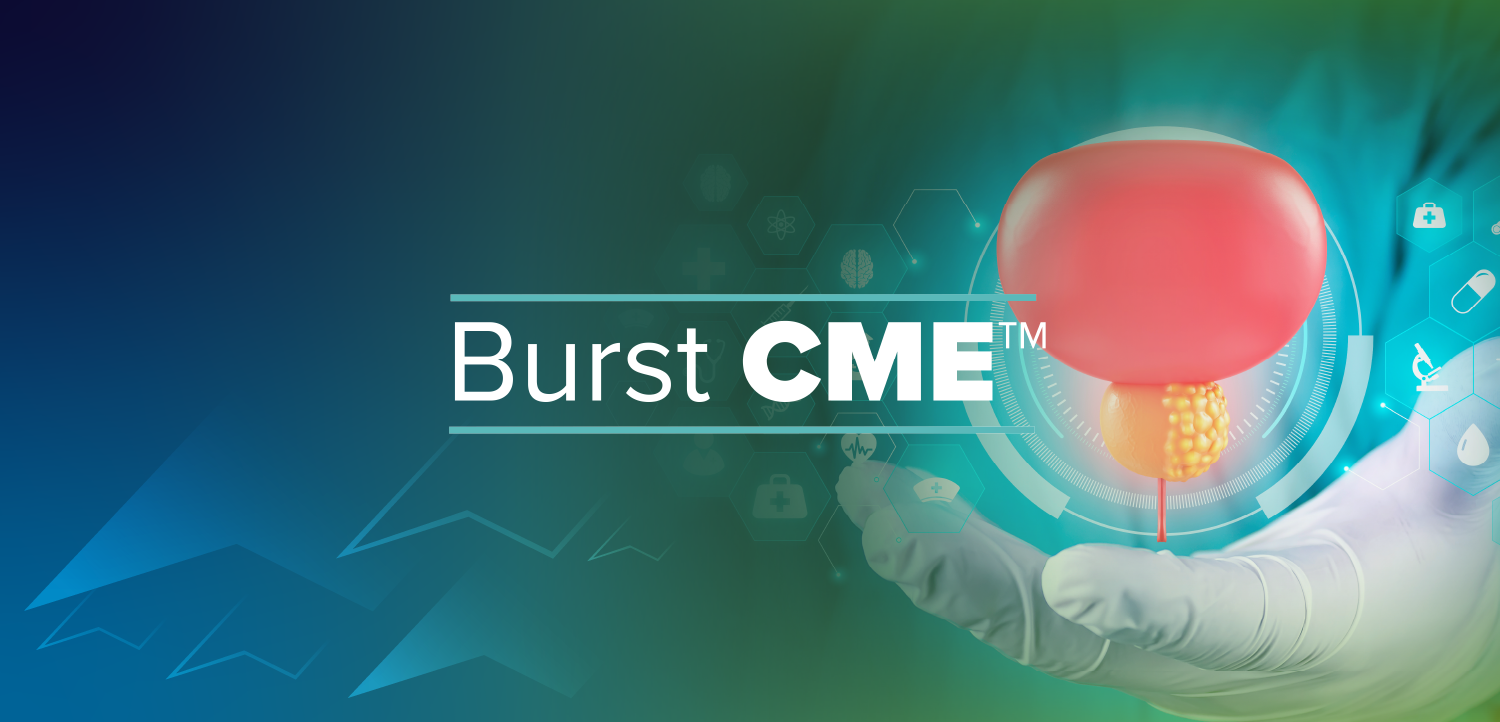
Investigators highlight real-world data on nadofaragene firadenovec in NMIBC
"At 3 months, those patients had a 79% complete response rate, which was durable in 74% at 6 months and 60% at 9 months," says Jacob A. Moyer, BS.
In this video, Mark D. Tyson II, MD, MPH, and Jacob A. Moyer, BS, highlight the background and key findings from the study, “Real-world outcomes of nadofaragene firadenovec in BCG-unresponsive non-muscle invasive bladder cancer,” which were presented by Moyer at the
Video Transcript:
Could you describe the background/rationale for this study?
Moyer: Since nadofaragene firadenovec was approved in December 2022, there hasn't been any published real-world data. Since, of course, real-world outcomes and clinical trial outcomes can vary at times due to screening criteria and differences between a clinical trial population and a real-world population, we conducted a real-world evaluation of patients treated with nadofaragene firadenovec at all 3 Mayo Clinic sites in Arizona, Rochester, and Florida. We looked at patients from the first dose given outside of a clinical trial in November 2023 up through December 2024 before we put the data together. All of our patients met the FDA-defined BCG-unresponsive criteria for non–muscle invasive bladder cancer.
What were the key findings?
Moyer: There were 46 patients treated during this time frame. Of those 46 patients, 3 had pending post-treatment cystoscopy. So, while all 46 were evaluated for safety outcomes, 43 were efficacy evaluable. Of those 43 patients, 24 had carcinoma in situ with or without papillary disease. At 3 months, those patients had a 79% complete response rate, which was durable in 74% at 6 months and 60% at 9 months. In the papillary only cohort, which had 19 patients, the high-grade recurrence-free survival was 68% at 3 months, which was durable at 57% at 6 months and 40% at 9 months. In terms of safety, 100% overall survival at a median follow-up of about 8 months.
What we did see was a lot of low-grade, transient and local side effects, usually during treatment, which resolved. Less commonly, we had 9% [of patients] with grade 3 adverse events, which included fatigue, fever, and dizziness. Generally, the safety profile was in-line with the clinical trial, which was low-grade and tolerable, although frequent.
Tyson: I would just add that the 3- and 6-month KM estimates are in the intention-to-treat population, and not in the complete response population. So, it wouldn't be 74% of 79% that responded. It would be 74% of the intention-to-treat population who were in complete response at 6 months, and then 60% at 9 months.
Moyer: Thanks for clarifying that. In fact, within the 79% of CIS patients with complete response at 3 months, 84% of those patients remained in complete response at the end of our 8 months of follow-up.
This transcript was AI generated and edited by human editors for clarity.
Newsletter
Stay current with the latest urology news and practice-changing insights — sign up now for the essential updates every urologist needs.

